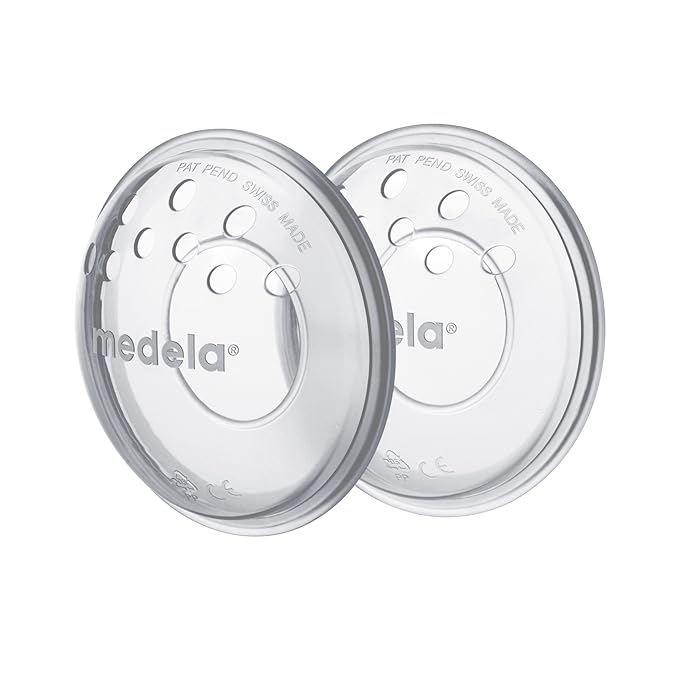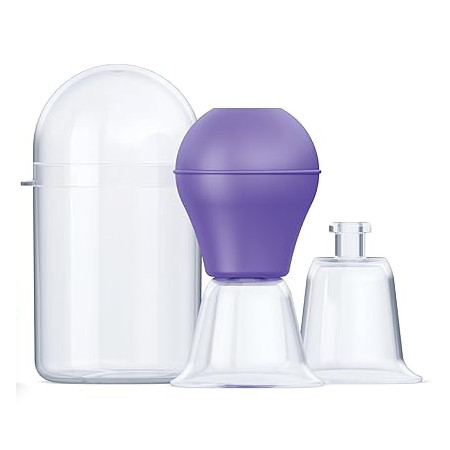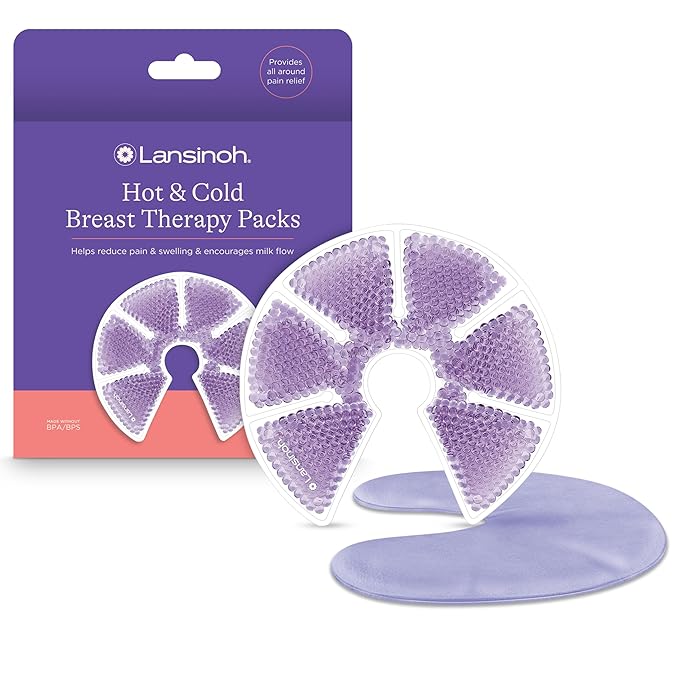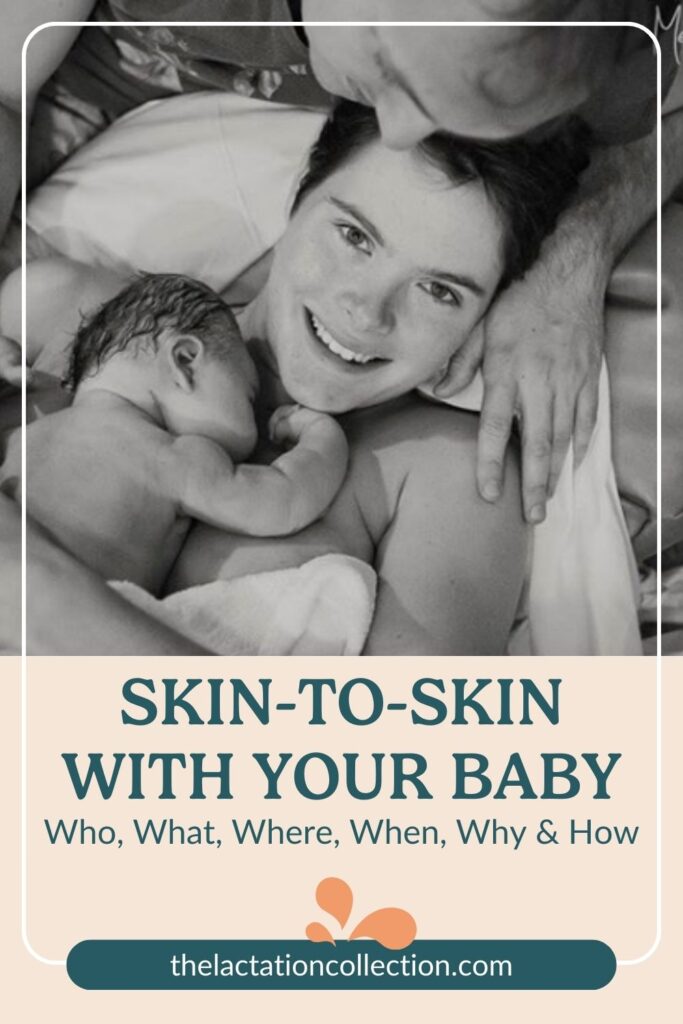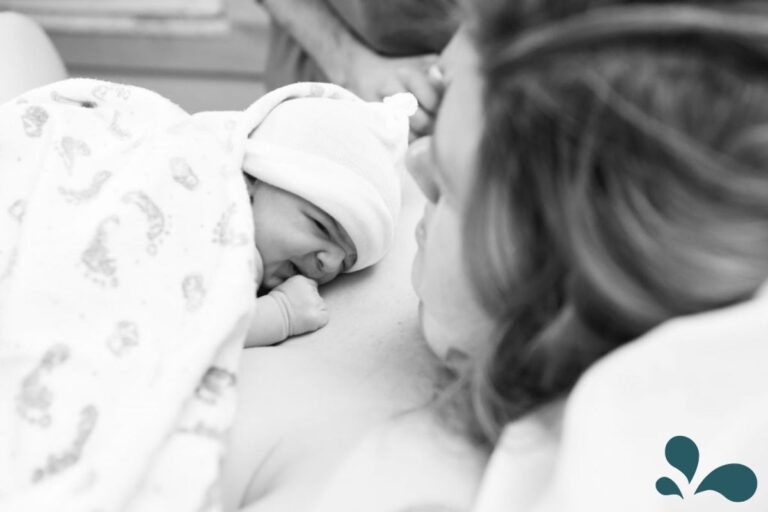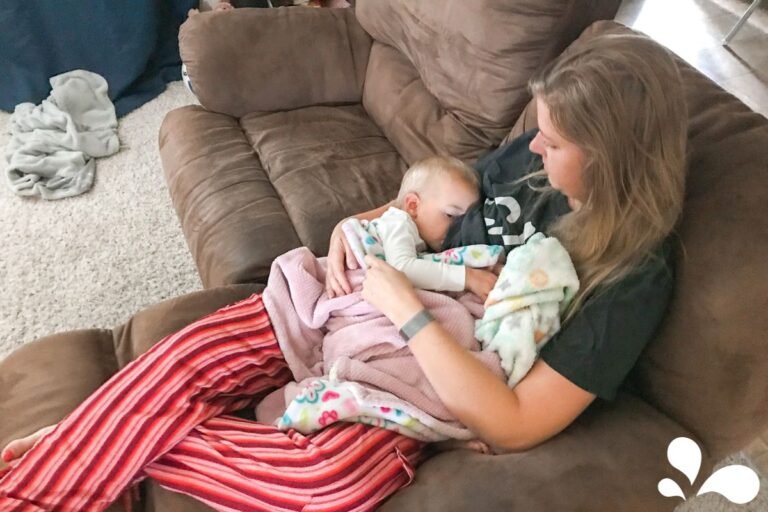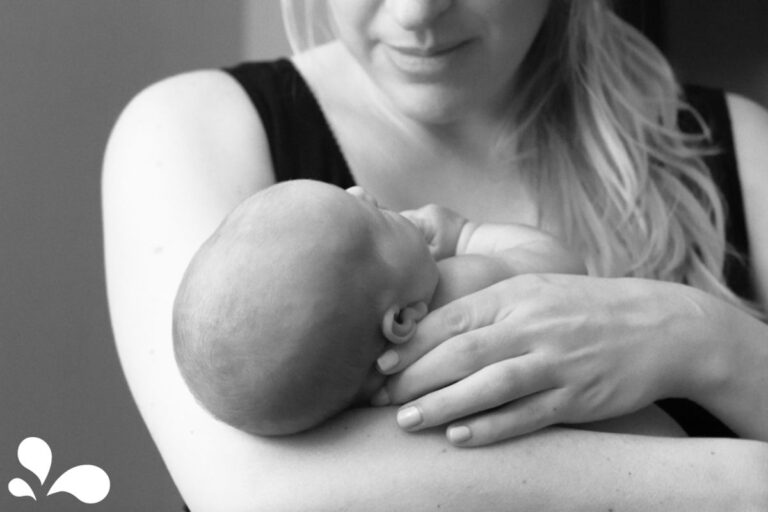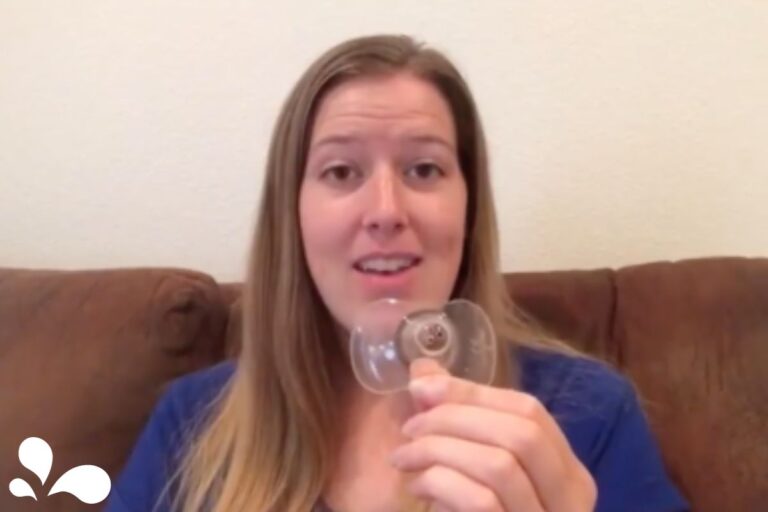Bodies, breasts, nipples—they all come in different shapes and sizes. Many women don’t consider the utility and shape of their nipples before motherhood. Experts believe that roughly 10-20% of women have flat or inverted nipples. As you begin breastfeeding as a new mama, having flat or inverted nipples can make it more difficult for your baby to latch. But it’s not impossible.
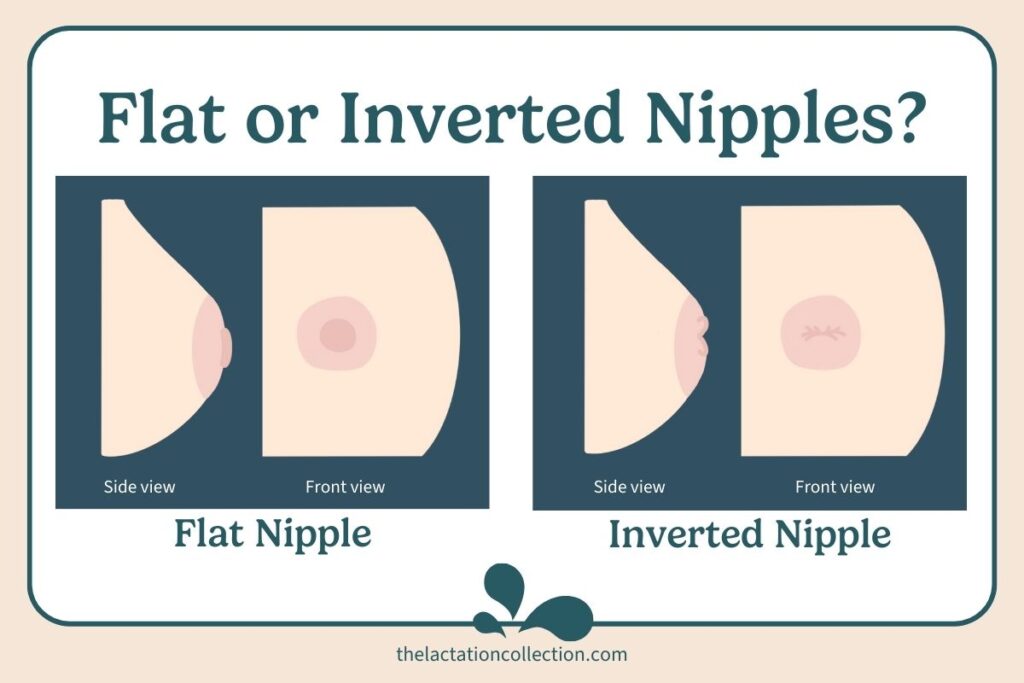
What are flat or inverted nipples?
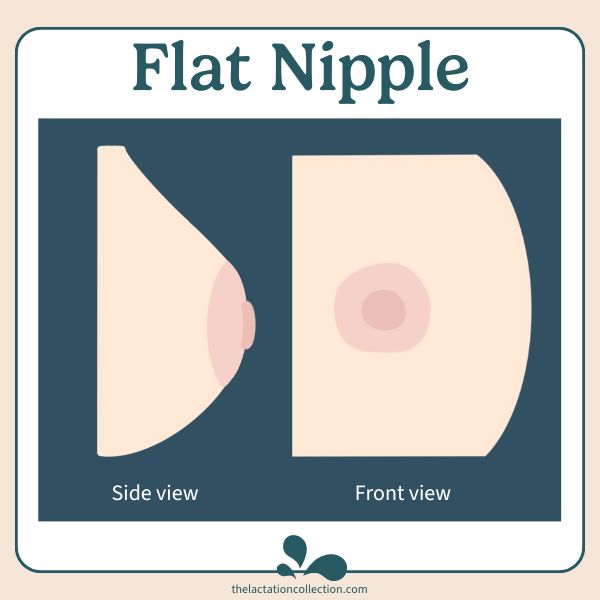
Flat Nipples
Flat are when the nipple is flat with the areola and stays flat with stimulation.
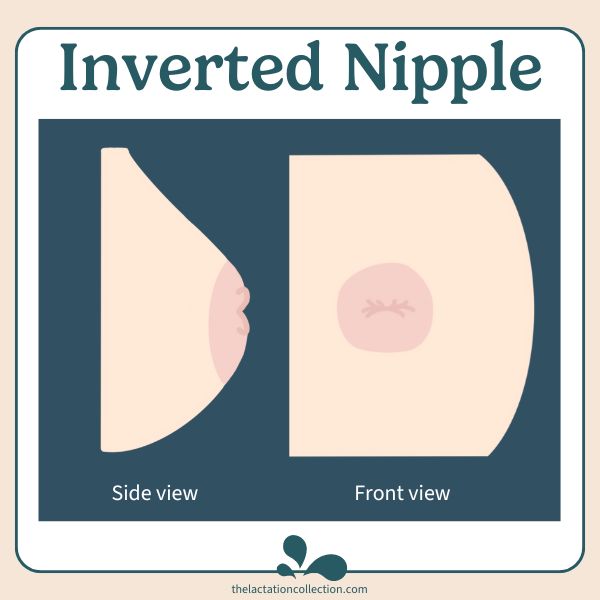
Inverted Nipples
Inverted nipples are when the nipple dimples inward.
How do I know if I have flat or inverted nipples?
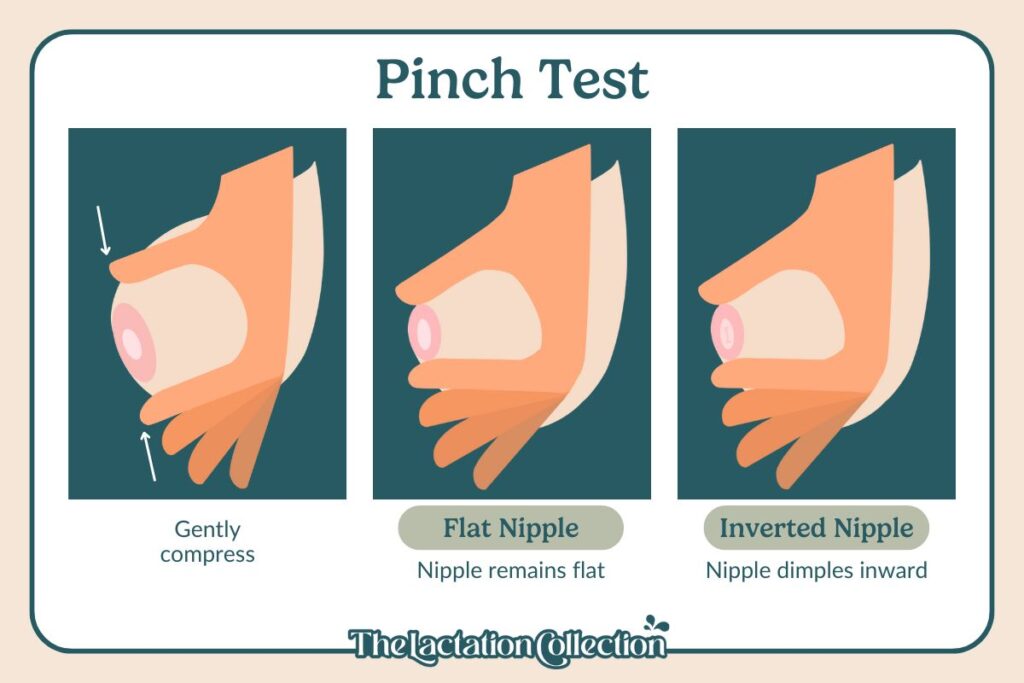
The pinch test is the best way to find out if you have flat or inverted nipples.
To perform a pinch test, put your thumb and pointer finger on either side of the areola. Gently compress. In most circumstances, the nipple will stick out. However, if your nipple remains flat against the areola, you have a flat nipple. If your nipple dimples inward, then you have inverted nipples.
Will having flat or inverted nipples affect my ability to breastfeed?
Honestly, you won’t know until you try. All breasts and nipples are different, and one woman with flat or inverted nipples may be able to breastfeed just fine, while another woman might have more difficulty.
That said, flat or inverted nipples will not impact your ability to build a reliable milk supply. It will take time, practice, and patience (with yourself and baby) to breastfeed, as with any breastfeeding journey.
What are some tips to help with breastfeeding with flat or inverted nipples?
how to help flat nipples stick out for breastfeeding
- Focus on a deep latch
- Use these devices to help pull the nipple out more
- Use a breast pump
- Stimulate your nipples before latching baby
- Change up your feeding positioning
- Use a cold compress to draw the nipple out
- Implement skin-to-skin as you prepare to breastfeed
- Hold your breast in a “C” or “U” hand position
- Use a nipple shield
- Get expert help
If you’re reading this and feeling concerned, don’t worry. We’re going to teach you multiple methods and tricks that you can implement to make breastfeeding work.
Focus on a deep latch
Baby shouldn’t be latching onto the nipple—so theoretically, it shouldn’t matter if your nipple is protruding or not. Babies tend to latch easier if there is something there, but really, we want them to get a deep latch onto your breast tissue.
If you are experiencing any of these 6 signs of a shallow latch, you might want to read more to learn how to fix a possible latch issue:
Breastfeeding Latch: The First Fundamental of Breastfeeding
- Pain
- Cracked or bleeding nipples
- Clicking sound
- Pinched nipple after feeding
- Milk leaking from baby’s mouth
- You milk supply is decreasing
Blog post: How to Fix a Shallow Latch & Get Baby to Latch Deeper
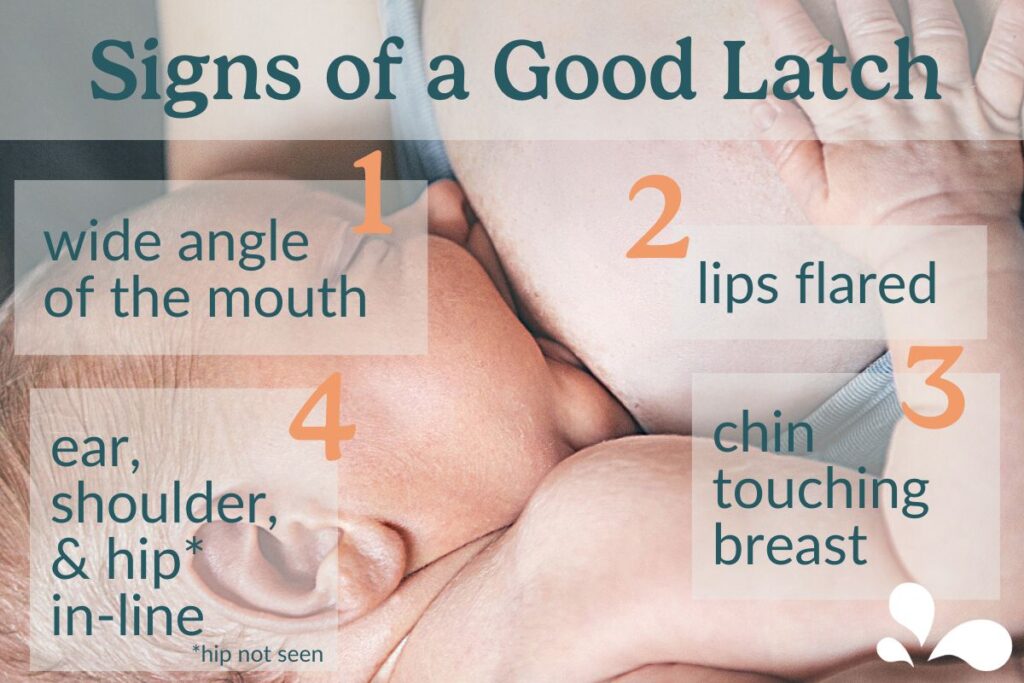
Use these devices to help pull the nipple out more
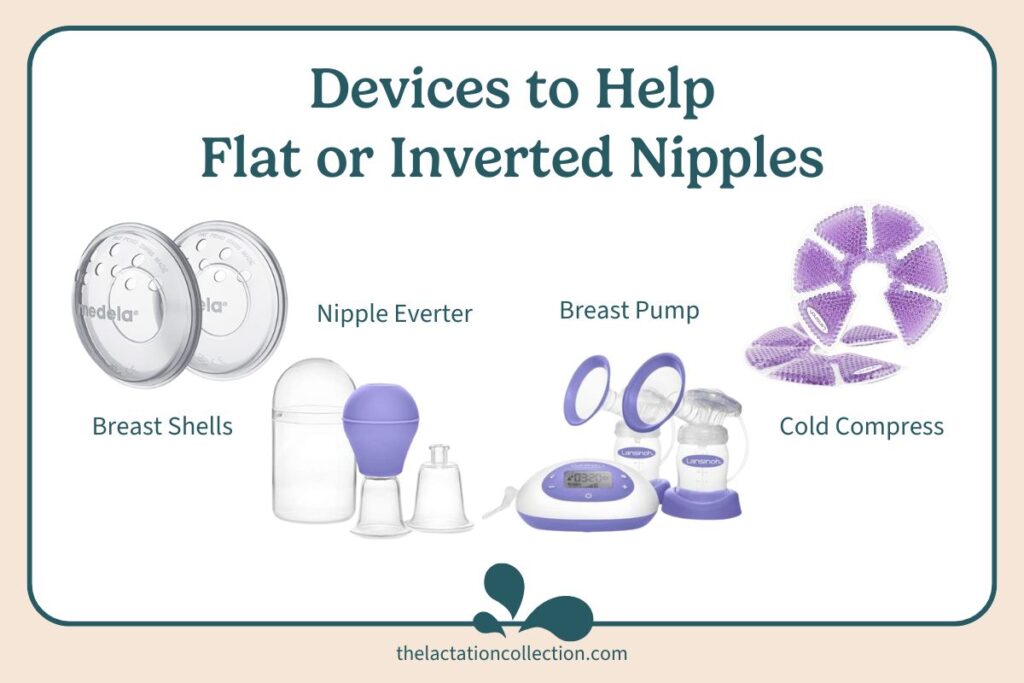
You have a couple of options when it comes to devices that can pull your nipple out more. A breast shell is great for pulling the nipple out. Use it by putting the shells on between feedings and removing them when you’re ready to feed. Another option is to try nipple everters, which draw out the nipple gently before feeding.
Breast shells help gently draw out flat or inverted nipples, making it easier for babies to latch during breastfeeding. The shells apply mild pressure around the nipple, encouraging it to protrude over time.
Nipple everters gently pull out flat or inverted nipples before breastfeeding. They create a mild suction that helps the nipple protrude, making it easier for the baby to latch on effectively.
Use a breast pump
Using a breast pump can draw out your nipples through stimulation, priming them so your baby can have a successful, deep latch. Pump for one to two minutes before latching your baby onto the breast.
Stimulate your nipples before latching baby
Manually stimulating your nipples can help them poke out more as you prepare to latch your baby.
You can use the Hoffman Technique, which is when you place both of your thumbs on either side of the areola, pressing inward slightly while pulling the thumbs away from each other. Repeat this movement at least four times and then repeat it with the thumbs on the top and bottom of the areola.
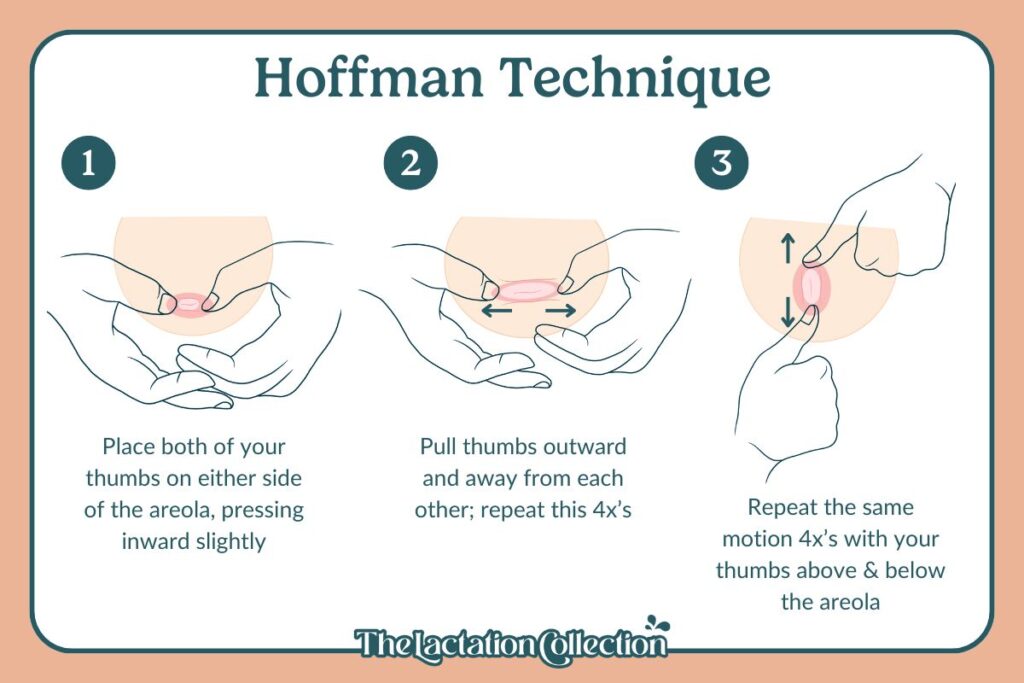
Change up your feeding positioning
Many women with flat or inverted nipples say that feeding in a laid-back position helps baby to latch better. There are several laid-back breastfeeding positions.
Use a cold compress to draw the nipple out
Cold temperatures can help make nipples more pronounced, which can be particularly useful for flat or inverted nipples. You might find draw out your nipples using a chilled spoon, an ice pack, or even a bag of frozen vegetables to gently cool the area. Sometimes, simply splashing cold water on your breasts can do the trick as well.
Cold compresses like chilled gel packs or cold washcloths applied to the breast to temporarily firm up the nipples. This can make flat or inverted nipples more pronounced, making it easier for the baby to latch during breastfeeding.
Hold your breast in a “C” or “U” hand position
A great technique to try is to hold the breast with your hand in either the “C” or “U” position. The “C” position is with the thumb on top and fingers below, while “U” is with the thumb and fingers on either side. This supports the breast so that the nipple will often cooperate better. The hand position you choose depends on which angle the baby is feeding.
C Position: Baby is upright or parallel to mama (laid-back position).
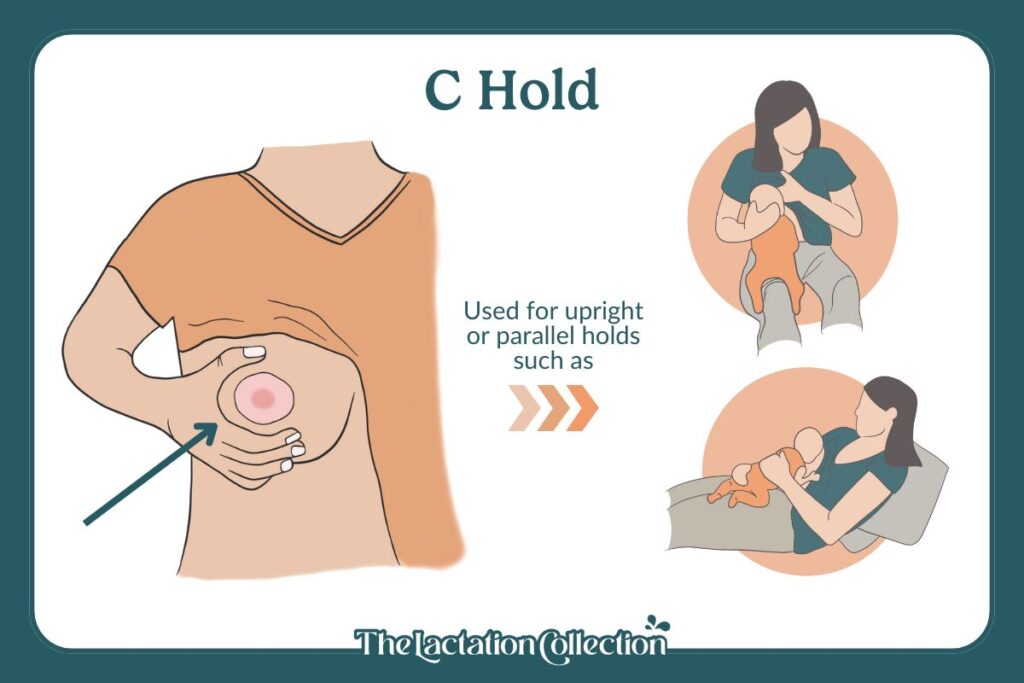
U Position: Baby is sideways or perpendicular to mama (cross-cradle hold).
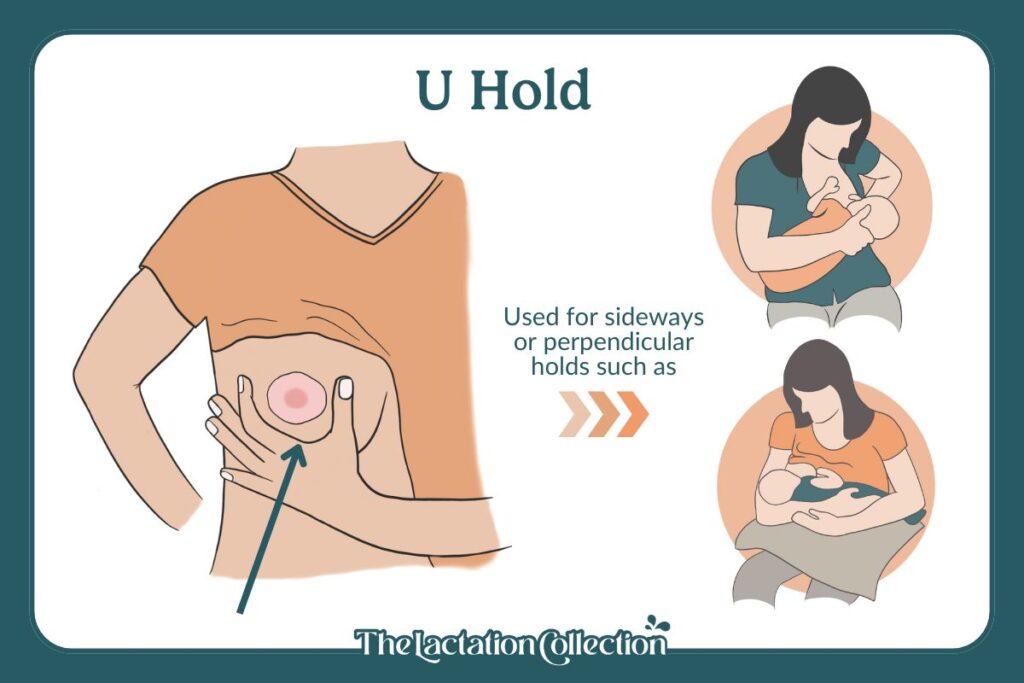
Use a nipple shield
Using a nipple shield is an option to help your baby remove milk from the breast. Nipple shields should be a last resort and used under the supervision and direction of an IBCLC. Nipple shields don’t draw the nipple out but allow your baby to remove milk.
Get expert help
Contact an International Board Certified Lactation Consultant (IBCLC). IBCLCs are trained to help those experiencing difficulties with flat or inverted nipples and can assist you as you find what is best for you and your baby.

As you navigate what works best for you and baby, we are here to support you. You can reach out to us by email (hello@prenatalinsights.com) or by scheduling a consultation.
Don’t lose hope, Mama. You’ve got this!



